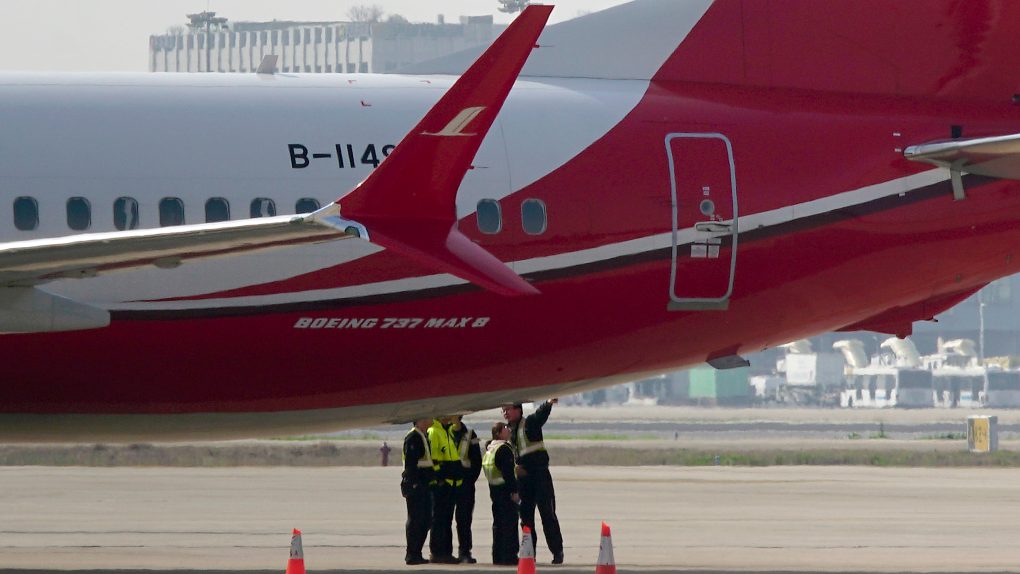When travel officials around the globe were forced to ground every single one of Boeing’s 737 Max jets in early 2019 the company pledged to do whatever it would take to get them back in the air. The planes were pulled from service after a pair of crashes claimed hundreds of lives, and it wasn’t long before Boeing began testing what it believed was the fix in the form of a software update to one of the plane’s safety features.
Unfortunately for Boeing — as well as any of the airlines who invested in the company’s shiny new jets — a completely different issue is now rearing its ugly head and threatens to further delay the 737 Max’s return to service.
As the New York Times reports, Boeing’s own internal investigations into potential issues with the 737 Max has produced another red flag in the form of a wiring snafu. According to the report, the planes have “two bundles of critical wiring” that may be a bit too close together. Boeing says it’s possible that the proximity of the wire bundles to each other could lead to a short, and maybe even cause a crash if pilots couldn’t rapidly correct for the issue.
Boeing is now hashing out a fix, but it’s unclear exactly what the company plans to do moving forward. It’s worth noting that it’s not believed that this wiring issue was directly responsible for either of the deadly crashes that took place in late 2018 or early 2019.
Those crashes are believed to be linked to a faulty safety feature that erroneously believed the planes were stalling, forcing the nose of the aircraft down. Still, if Boeing wants to win back the trust of travelers and convince people to actually fly in the 737 Max again, it’s probably best to fix any problems they can find now before they cause issues down the road. In the meantime, hundreds of the barely-used jets will remain safely on the ground.








